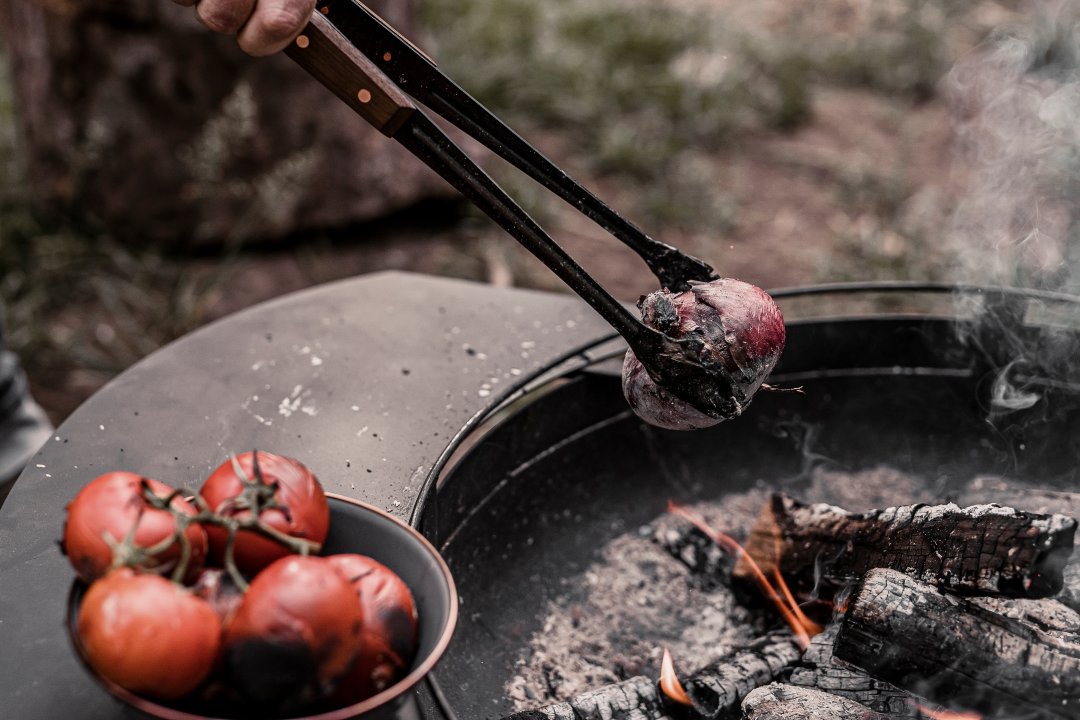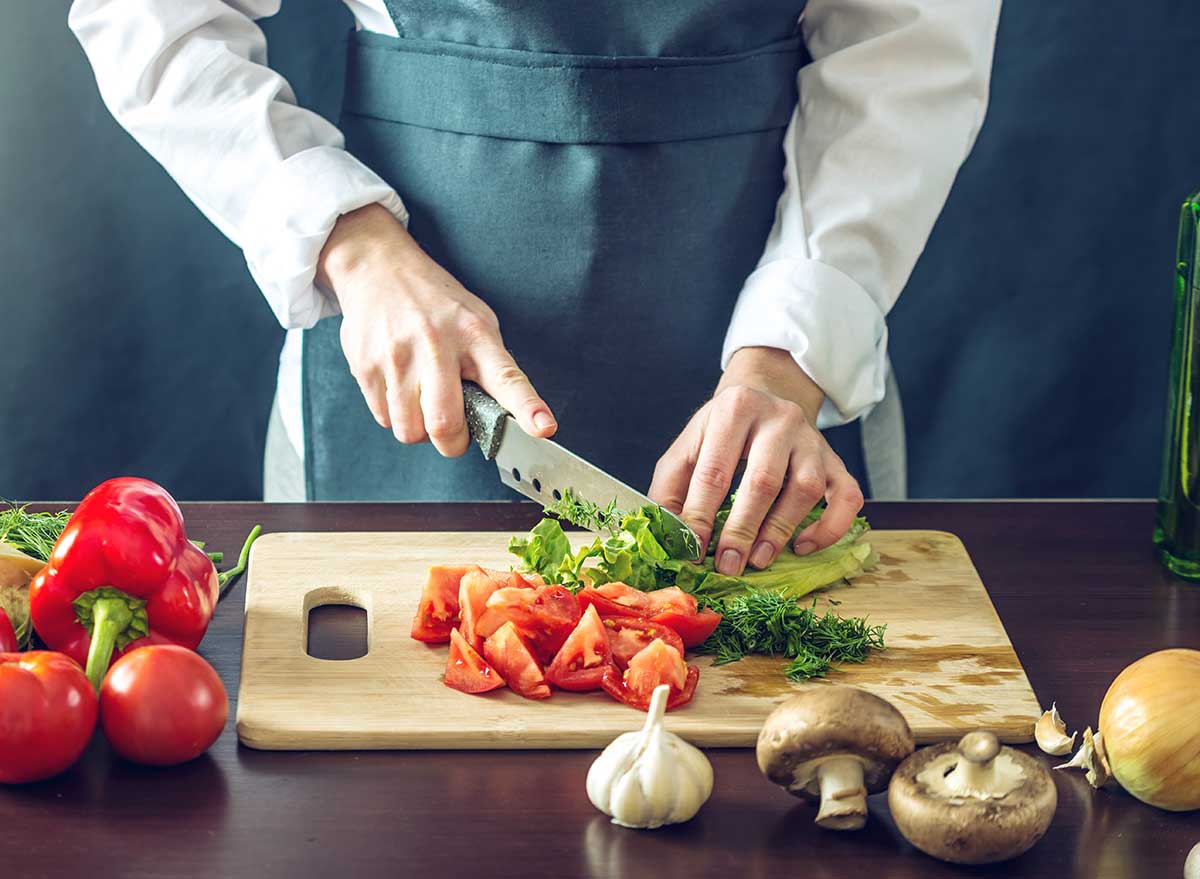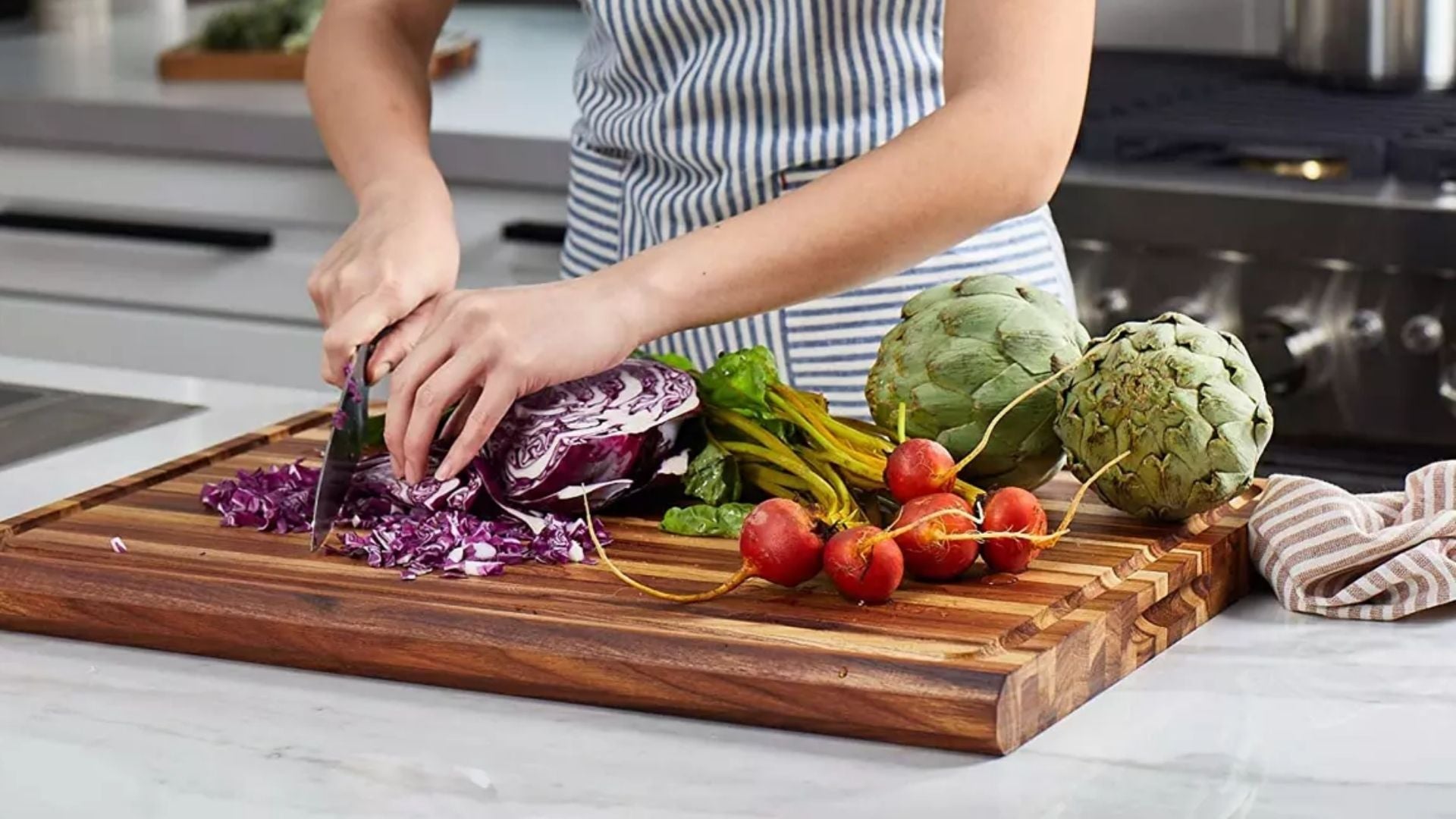In the world of cooking, the choice between a tagine pot and a dutch oven can be a tough one, especially for kitchen professionals who want to achieve the best results in their culinary creations. Both of these pieces of cookware have their own unique features and benefits, making them popular among chefs and cooking enthusiasts alike. But how do you decide which one is right for you?
In this article, we will dive deep into the intricacies of both the tagine pot and the dutch oven, exploring their differences, similarities, and the types of dishes they excel in preparing. By the end of this comprehensive guide, you'll have a clear understanding of which cookware is best suited for your culinary needs.

Understanding the Tagine Pot
The tagine pot is a traditional North African cooking vessel that has been used for centuries. It is known for its distinctive conical lid and shallow base, which allows for slow cooking and the retention of moisture. This unique design makes it ideal for preparing dishes that require long cooking times and the melding of flavors.
The tagine pot is commonly made from clay or ceramic, which helps in even heat distribution and gives dishes a unique, earthy flavor. Traditional Moroccan dishes like lamb tagine with apricots or chicken tagine with preserved lemons are perfect examples of meals that benefit from the use of a tagine pot. The slow-cooking process allows the ingredients to become tender and infused with the rich, aromatic spices typical of Moroccan cuisine. For more insights on how to maintain your tagine pot, you can explore this guide.
Exploring the Dutch Oven
The dutch oven is another versatile piece of cookware that's a staple in many kitchens. Known for its heavy cast iron construction and tight-fitting lid, the dutch oven is perfect for a wide range of cooking techniques, from braising to baking. Its ability to retain heat makes it ideal for slow-cooked stews, soups, and even bread.
Dutch ovens are incredibly durable and can be used on the stovetop or in the oven, offering great flexibility. Chefs often use them for dishes that require high temperatures and long cooking times, such as beef stew or coq au vin. The enameled surface of many dutch ovens also makes them easy to clean, adding to their appeal.
Key Differences Between Tagine Pot and Dutch Oven
While both the tagine pot and dutch oven excel in slow cooking, there are some key differences that set them apart:
Design and Material
The tagine pot's conical lid is designed to trap steam and return condensed liquid to the dish, enhancing moisture and flavor. In contrast, the dutch oven's flat lid provides a tight seal, but doesn't facilitate the same steam circulation. Additionally, tagines are typically made from clay or ceramic, while dutch ovens are usually constructed from cast iron.
Cooking Techniques
Tagine pots are best suited for dishes that benefit from a gentle, slow simmer, allowing spices to fully develop and infuse the dish. On the other hand, dutch ovens can handle a variety of cooking methods, including frying, boiling, and baking, making them more versatile.
Versatility and Use
The dutch oven's ability to transition from stovetop to oven makes it a versatile choice for various recipes. However, the tagine pot's unique design makes it irreplaceable for authentic Moroccan dishes, providing a depth of flavor that other cookware may not achieve.
Choosing the Right Cookware for Your Kitchen
Ultimately, the decision between a tagine pot and a dutch oven comes down to personal preference and the types of dishes you frequently prepare. If you love experimenting with traditional Moroccan recipes or enjoy the flavor that clay cooking imparts, a tagine pot might be your best bet. For those who value versatility and durability in their cookware, the dutch oven is likely the more suitable choice.
Before making your final decision, consider the specific needs of your kitchen, the types of dishes you enjoy cooking, and how much versatility you require. To further enrich your culinary skills, you might find it useful to check out this article on roasting vegetables, which also highlights ways to maximize flavor using different cookware.

FAQ Section
What is the main advantage of using a tagine pot?
The main advantage of using a tagine pot is its ability to trap steam and moisture, returning it to the dish. This enhances the flavor and tenderness of food, especially in traditional Moroccan dishes.
Can I use a dutch oven for baking bread?
Yes, a dutch oven is excellent for baking bread. Its heavy construction and tight-fitting lid create an environment similar to a steam oven, resulting in a crispy crust and soft interior.
Is a tagine pot suitable for use on all stovetops?
While most tagines can be used on gas and electric stovetops, it's essential to check if your tagine pot is compatible with your specific stovetop type. Some might require a heat diffuser for even cooking.
In conclusion, both the tagine pot and dutch oven have their unique advantages, making them valuable additions to any kitchen. Whether you're a seasoned chef or an avid home cook, understanding the strengths of each will help you make an informed decision that best suits your cooking style and needs.
For further exploration of tagine recipes, consider visiting this resource for authentic Moroccan dishes that showcase the versatility of the tagine pot.
This article contains affiliate links. We may earn a commission at no extra cost to you.






Leave a comment
This site is protected by hCaptcha and the hCaptcha Privacy Policy and Terms of Service apply.